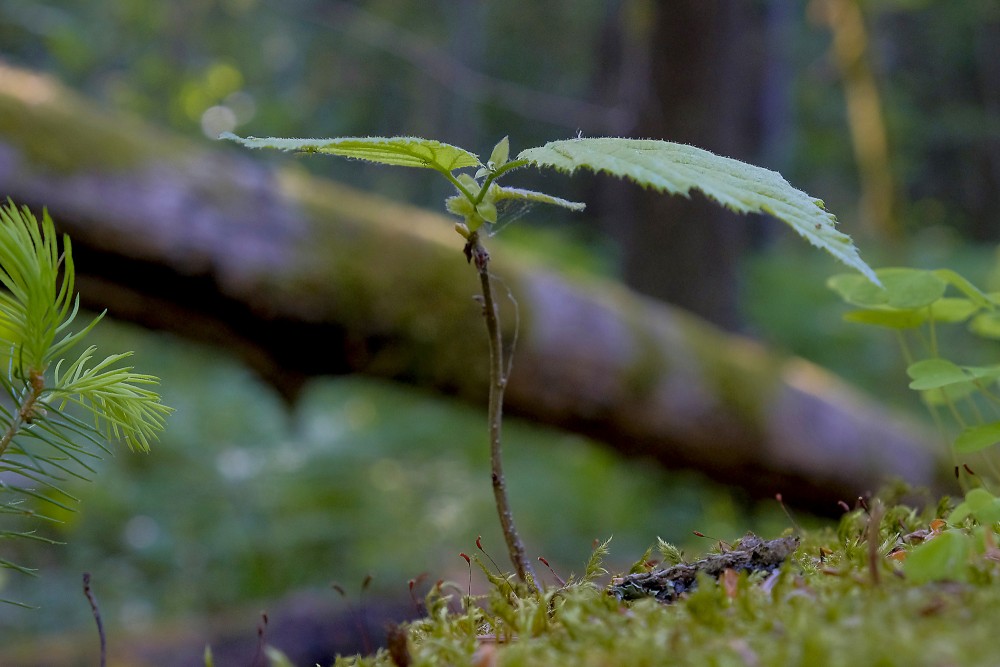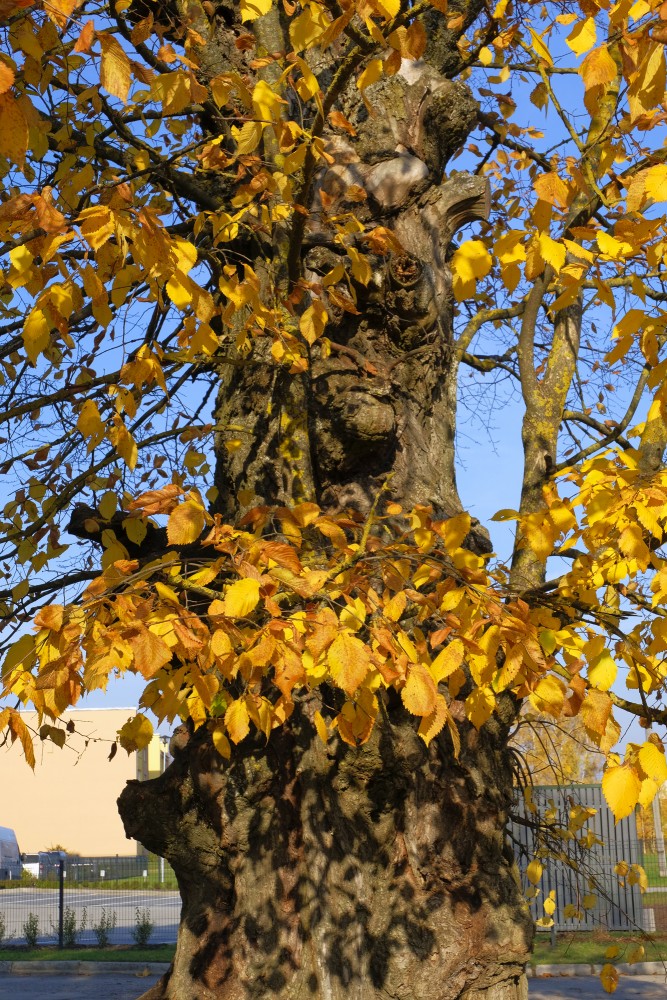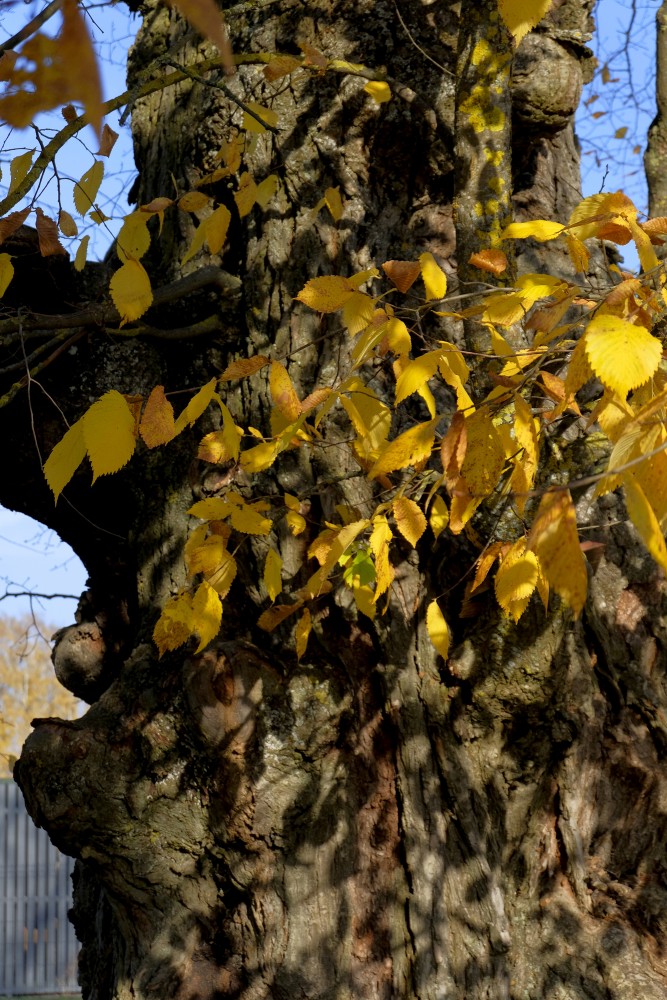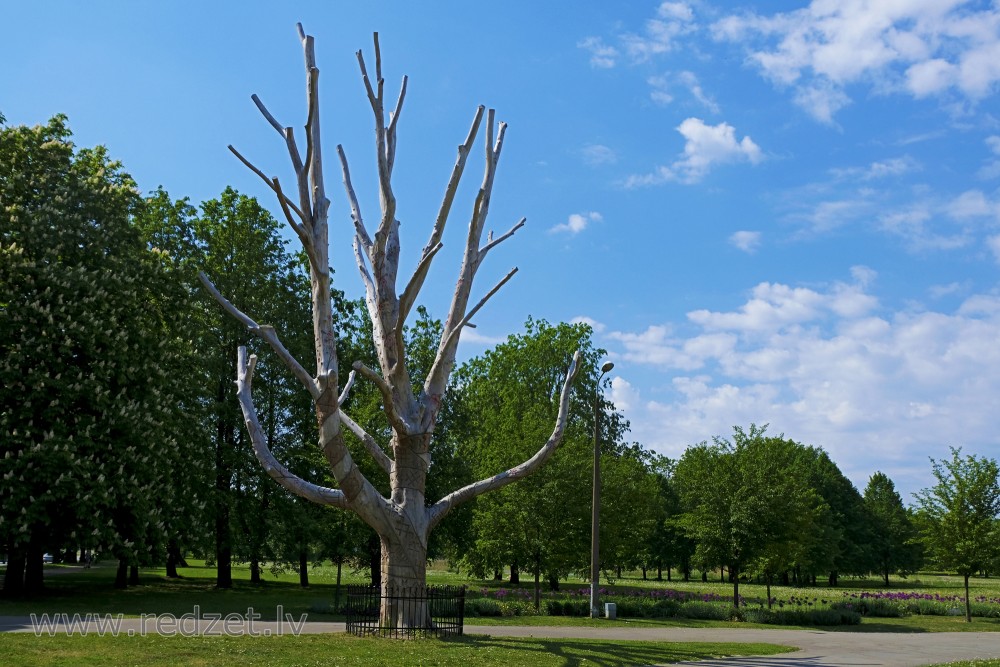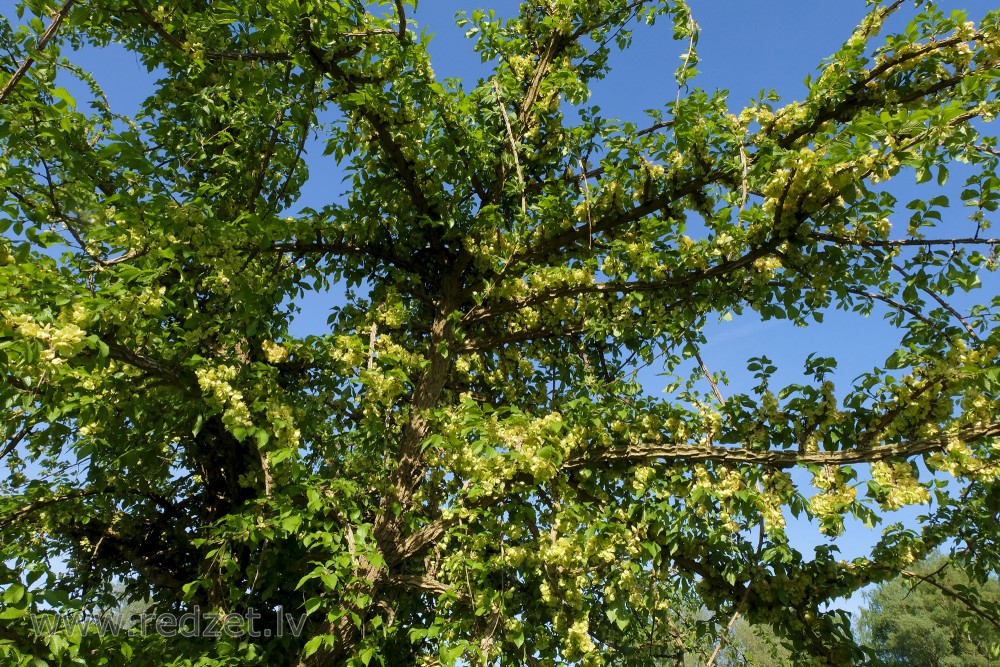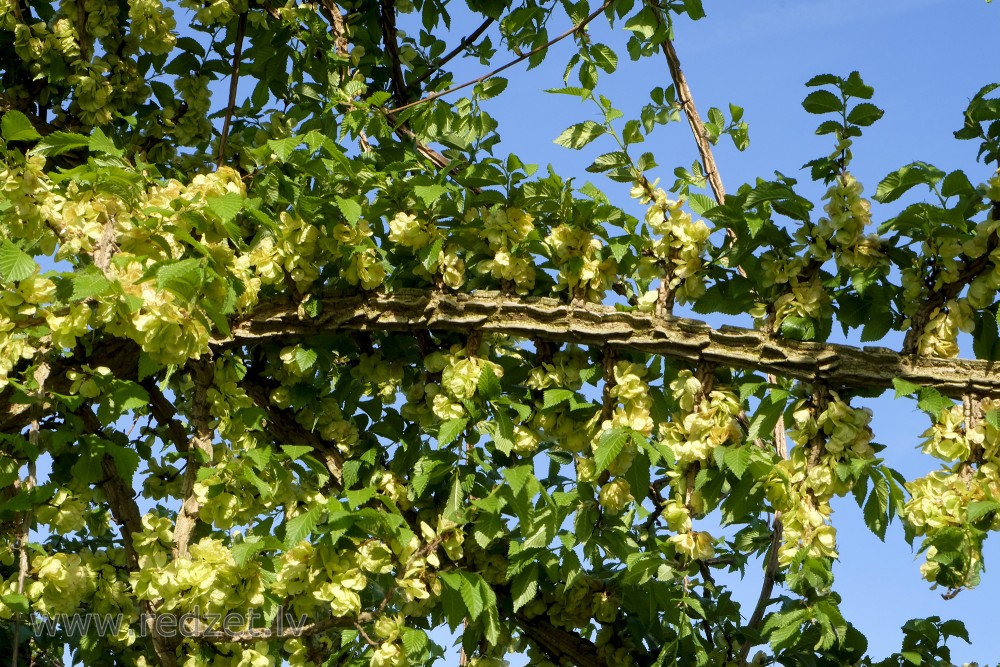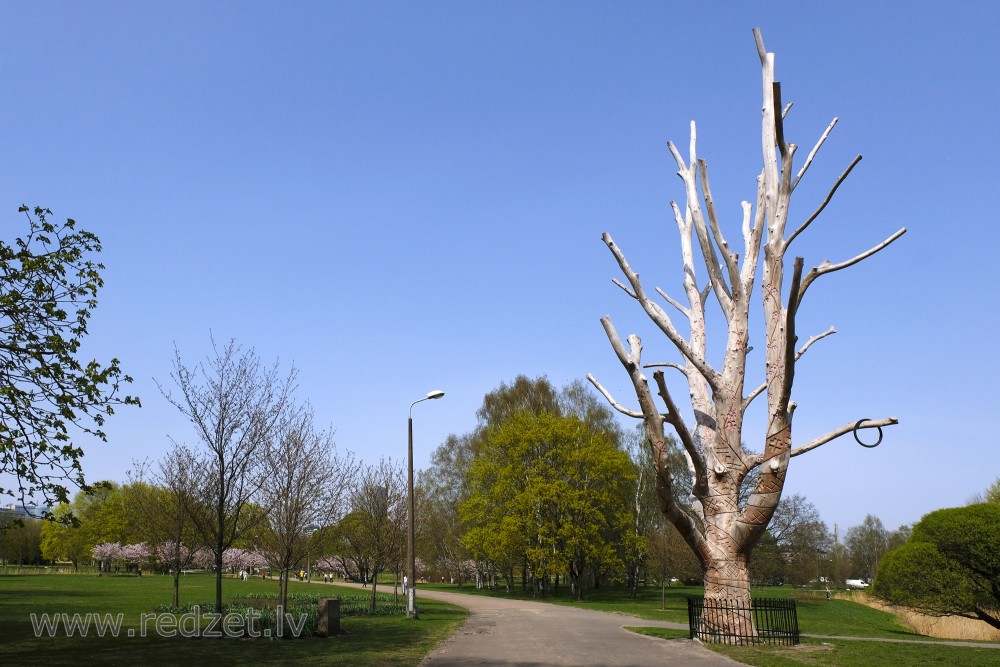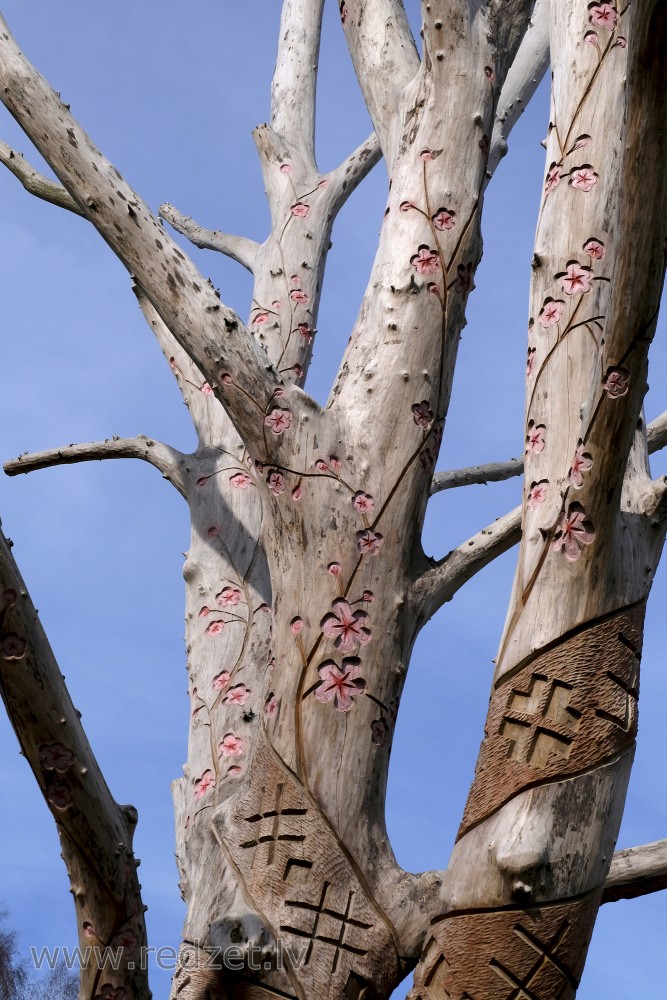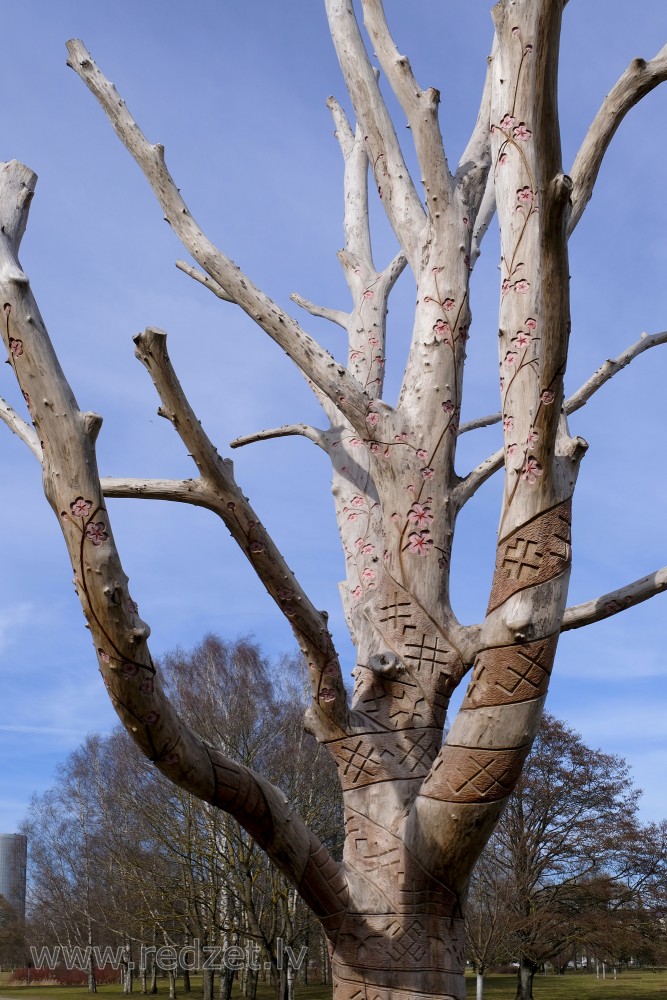(Ulmus) Elms
Elms are deciduous and semi-deciduous trees comprising the flowering plant genus Ulmus in the plant family Ulmaceae. The genus first appeared in the Miocene geological period about 20 million years ago, originating in what is now central Asia.These trees flourished and spread over most of the Northern Hemisphere, inhabiting the temperate and tropical-montane regions of North America and Eurasia, presently ranging southward across the Equator into Indonesia.
Elms are components of many kinds of natural forests. Moreover, during the 19th and early 20th centuries many species and cultivars were also planted as ornamental street, garden, and park trees in Europe, North America, and parts of the Southern Hemisphere, notably Australasia. Some individual elms reached great size and age. However, in recent decades, most mature elms of European or North American origin have died from Dutch elm disease, caused by a microfungus dispersed by bark beetles. In response, disease-resistant cultivars have been developed, capable of restoring the elm to forestry and landscaping.
Taxonomy
There are about 30 to 40 species of Ulmus (elm); the ambiguity in number results from difficulty in delineating species, owing to the ease of hybridization between them and the development of local seed-sterile vegetatively propagated microspecies in some areas, mainly in the field elm (Ulmus minor) group. Oliver Rackham describes Ulmus as the most critical genus in the entire British flora, adding that 'species and varieties are a distinction in the human mind rather than a measured degree of genetic variation'. Eight species are endemic to North America, and a smaller number to Europe;the greatest diversity is found in Asia.
The classification adopted in the List of elm species, varieties, cultivars and hybrids is largely based on that established by Brummitt.A large number of synonyms have accumulated over the last three centuries; their currently accepted names can be found in the list List of elm Synonyms and Accepted Names.
Botanists who study elms and argue over elm identification and classification are called pteleologists, from the Greek πτελέα (:elm).
As part of the sub-order urticalean rosids they are distant cousins of cannabis, hops, and nettles.
Description
The genus is hermaphroditic, having apetalous perfect flowers which are wind-pollinated. Elm leaves are alternate, with simple, single- or, most commonly, doubly serrate margins, usually asymmetric at the base and acuminate at the apex. The fruit is a round wind-dispersed samara flushed with chlorophyll, facilitating photosynthesis before the leaves emerge. The samarae are very light, those of British elms numbering around 50,000 to the pound (454 g). All species are tolerant of a wide range of soils and pH levels but, with few exceptions, demand good drainage. The elm tree can grow to great height, often with a forked trunk creating a vase profile.
Pests and diseases
Dutch elm disease
Dutch elm disease (DED) devastated elms throughout Europe and much of North America in the second half of the 20th century. It derives its name 'Dutch' from the first description of the disease and its cause in the 1920s by the Dutch botanists Bea Schwarz and Christina Johanna Buisman. Owing to its geographical isolation and effective quarantine enforcement, Australia has so far remained unaffected by Dutch Elm Disease, as have the provinces of Alberta and British Columbia in western Canada.
DED is caused by a micro-fungus transmitted by two species of Scolytus elm-bark beetle which act as vectors. The disease affects all species of elm native to North America and Europe, but many Asiatic species have evolved anti-fungal genes and are resistant. Fungal spores, introduced into wounds in the tree caused by the beetles, invade the xylem or vascular system. The tree responds by producing tyloses, effectively blocking the flow from roots to leaves. Woodland trees in North America are not quite as susceptible to the disease because they usually lack the root-grafting of the urban elms and are somewhat more isolated from each other. In France, inoculation with the fungus of over three hundred clones of the European species failed to find a single variety possessed of any significant resistance.
The first, less aggressive strain of the disease fungus, Ophiostoma ulmi, arrived in Europe from the Far East in 1910, and was accidentally introduced to North America in 1928, but was steadily weakened by viruses and had all but disappeared in Europe by the 1940s. The second, far more virulent strain of the disease Ophiostoma novo-ulmi was identified in Europe in the late 1960s, and within a decade had killed over 20 million trees (approximately 75%) in the UK alone. Approximately three times more deadly, the new strain arrived in Europe from the US on a cargo of Rock Elm; the hypothesis that it arose from a hybrid between the original O. ulmi and another strain endemic to the Himalaya, Ophiostoma himal-ulmi is now discredited.
There is no sign of the current pandemic waning, and no evidence of a susceptibility of the fungus to a disease of its own caused by d-factors: naturally occurring virus-like agents that severely debilitated the original O. ulmi and reduced its sporulation.
Elm phloem necrosis
Elm phloem necrosis (elm yellows) is a disease of elm trees that is spread by leafhoppers or by root grafts.This very aggressive disease, with no known cure, occurs in the Eastern United States, southern Ontario in Canada, and Europe. It is caused by phytoplasmas which infect the phloem (inner bark) of the tree.Infection and death of the phloemeffectively girdles the tree and stops the flow of water and nutrients. The disease affects both wild-growing and cultivated trees. Occasionally, cutting the infected tree before the disease completely establishes itself and cleanup and prompt disposal of infected matter has resulted in the plant's survival via stump-sprouts.
Insects
Most serious of the elm pests is the elm leaf beetle Xanthogaleruca luteola, which can decimate foliage, although rarely with fatal results. The beetle was accidentally introduced to North America from Europe. Another unwelcome immigrant to North America is the Japanese beetle Popillia japonica. In both instances the beetles cause far more damage in North America owing to the absence of the predators present in their native lands. In Australia, introduced elm trees are sometimes used as foodplants by the larvae of hepialid moths of the genus Aenetus. These burrow horizontally into the trunk then vertically down.
Birds
Sapsucker woodpeckers have a great love of young elm trees.
Uses in landscaping
One of the earliest of ornamental elms was the ball-headed graft narvan elm, Ulmus minor 'Umbraculifera', cultivated from time immemorial in Persia as a shade tree and widely planted in cities through much of south-west and central Asia. From the 18th century to the early 20th century, elms, whether species, hybrids or cultivars, were among the most widely planted ornamental trees in both Europe and North America. They were particularly popular as a street tree in avenue plantings in towns and cities, creating high-tunnelled effects. Their quick growth and variety of foliage and forms, their tolerance of air-pollution and the comparatively rapid decomposition of their leaf-litter in the fall were further advantages. In North America, the species most commonly planted was the American elm (Ulmus americana), which had unique properties that made it ideal for such use: rapid growth, adaptation to a broad range of climates and soils, strong wood, resistance to wind damage, and vase-like growth habit requiring minimal pruning. In Europe, the wych elm (Ulmus glabra) and the Field Elm (Ulmus minor) were the most widely planted in the countryside, the former in northern areas including Scandinavia and northern Britain, the latter further south. The hybrid between these two, Dutch elm (U. × hollandica), occurs naturally and was also commonly planted. In much of England, it was the English Elm which later came to dominate the horticultural landscape. Most commonly planted in hedgerows, it sometimes occurred in densities of over 1000 per square kilometre. In south-eastern Australia and New Zealand, large numbers of English and Dutch elms, as well as other species and cultivars, were planted as ornamentals following their introduction in the 19th century, while in northern Japan Japanese Elm (Ulmus davidiana var. japonica) was widely planted as a street tree. From about 1850 to 1920, the most prized small ornamental elm in parks and gardens was the Camperdown elm (Ulmus glabra 'Camperdownii'), a contorted weeping cultivar of the Wych Elmgrafted on to a non-weeping elm trunk to give a wide, spreading and weeping fountain shape in large garden spaces.
In northern Europe elms were, moreover, among the few trees tolerant of saline deposits from sea spray, which can cause "salt-burning" and die-back. This tolerance made elms reliable both as shelterbelt trees exposed to sea wind, in particular along the coastlines of southern and western Britainand in the Low Countries, and as trees for coastal towns and cities.
This belle époque lasted until the First World War, when as a consequence of hostilities, notably in Germany whence at least 40 cultivars originated, and of the outbreak at about the same time of the early strain of Dutch elm disease, Ophiostoma ulmi, the elm began its slide into horticultural decline. The devastation caused by the Second World War, and the demise in 1944 of the huge Späth nursery in Berlin, only accelerated the process. The outbreak of the new, three times more virulent, strain of Dutch elm disease Ophiostoma novo-ulmi in the late 1960s brought the tree to its nadir.
Since circa 1990 the elm has enjoyed a renaissance through the successful development in North America and Europe of cultivars highly resistant to the new disease.Consequently, the total number of named cultivars, ancient and modern, now exceeds 300, although many of the older clones, possibly over 120, have been lost to cultivation. Some of the latter, however, were by today's standards inadequately described or illustrated before the pandemic, and it is possible that a number survive, or have regenerated, unrecognised. Enthusiasm for the newer clones often remains low owing to the poor performance of earlier, supposedly disease-resistant Dutch trees released in the 1960s and 1970s. In the Netherlands, sales of elm cultivars slumped from over 56,000 in 1989 to just 6,800 in 2004,whilst in the UK, only four of the new American and European releases were commercially available in 2008.
Other uses
Wood
Elm wood is valued for its interlocking grain, and consequent resistance to splitting, with significant uses in wagon wheel hubs, chair seats and coffins. The bodies of Japanese Taiko drums are often cut from the wood of old elm trees, as the wood's resistance to splitting is highly desired for nailing the skins to them, and a set of three or more is often cut from the same tree. The elm's wood bends well and distorts easily making it quite pliant. The often long, straight, trunks were favoured as a source of timber for keels in ship construction. Elm is also prized by bowyers; of the ancient bows found in Europe, a large portion are elm. During the Middle Ages elm was also used to make longbows if yewwas unavailable.
The density of elm wood varies between species, but averages around 560 kg per cubic metre.
Elm wood is also resistant to decay when permanently wet, and hollowed trunks were widely used as water pipes during the medieval period in Europe. Elm was also used as piers in the construction of the original London Bridge. However this resistance to decay in water does not extend to ground contact.
Viticulture
The Romans, and more recently the Italians, used to plant elms in vineyards as supports for vines. Lopped at three metres, the elms' quick growth, twiggy lateral branches, light shade and root-suckering made them ideal trees for this purpose. The lopped branches were used for fodder and firewood. Ovid in his Amores characterizes the elm as "loving the vine": ulmus amat vitem, vitis non deserit ulmum (:the elm loves the vine, the vine does not desert the elm),and the ancients spoke of the "marriage" between elm and vine.
Medicinal products
The mucilaginous inner bark of the Slippery Elm Ulmus rubra has long been used as a demulcent, and is still produced commercially for this purpose in the United States with approval for sale as a nutritional supplement by the U.S. Food and Drug Administration.
Fodder
Elms also have a long history of cultivation for fodder, with the leafy branches cut to feed livestock. The practice continues today in the Himalaya, where it contributes to serious deforestation.
Biomass
As fossil fuel resources diminish, increasing attention is being paid to trees as sources of energy. In Italy, the Istituto per la Protezione delle Piante is (2012) in the process of releasing to commerce very fast-growing elm cultivars, able to increase in height by more than 2 m (6 ft) per annum.
Food
Elm bark, cut into strips and boiled, sustained much of the rural population of Norway during the great famine of 1812. The seeds are particularly nutritious, containing 45% crude protein, and less than 7% fibre by dry mass.
Elm has been listed as one of the 38 substances that are used to prepare Bach flower remedies,a kind of alternative medicine.
Bonsai
Chinese elm Ulmus parvifolia is a popular choice for bonsai owing to its tolerance of severe pruning.
en.wikipedia.org
https://en.wikipedia.org/wiki/Elm
Continue reading